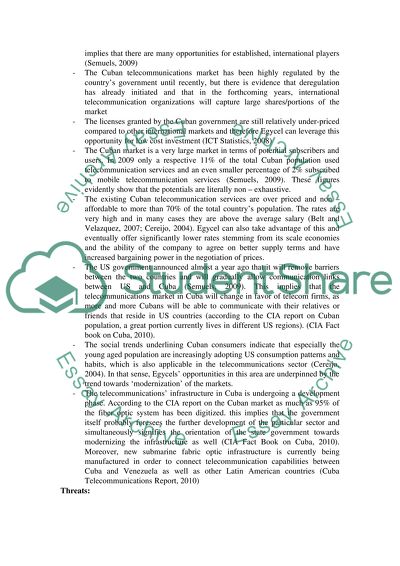Cite this document
(Argumentation in Favor of the Investment Project in Cuba Case Study, n.d.)
Argumentation in Favor of the Investment Project in Cuba Case Study. Retrieved from https://studentshare.org/finance-accounting/1563690-persuasive-memo-and-letter-of-plan
Argumentation in Favor of the Investment Project in Cuba Case Study. Retrieved from https://studentshare.org/finance-accounting/1563690-persuasive-memo-and-letter-of-plan
(Argumentation in Favor of the Investment Project in Cuba Case Study)
Argumentation in Favor of the Investment Project in Cuba Case Study. https://studentshare.org/finance-accounting/1563690-persuasive-memo-and-letter-of-plan.
Argumentation in Favor of the Investment Project in Cuba Case Study. https://studentshare.org/finance-accounting/1563690-persuasive-memo-and-letter-of-plan.
“Argumentation in Favor of the Investment Project in Cuba Case Study”. https://studentshare.org/finance-accounting/1563690-persuasive-memo-and-letter-of-plan.


